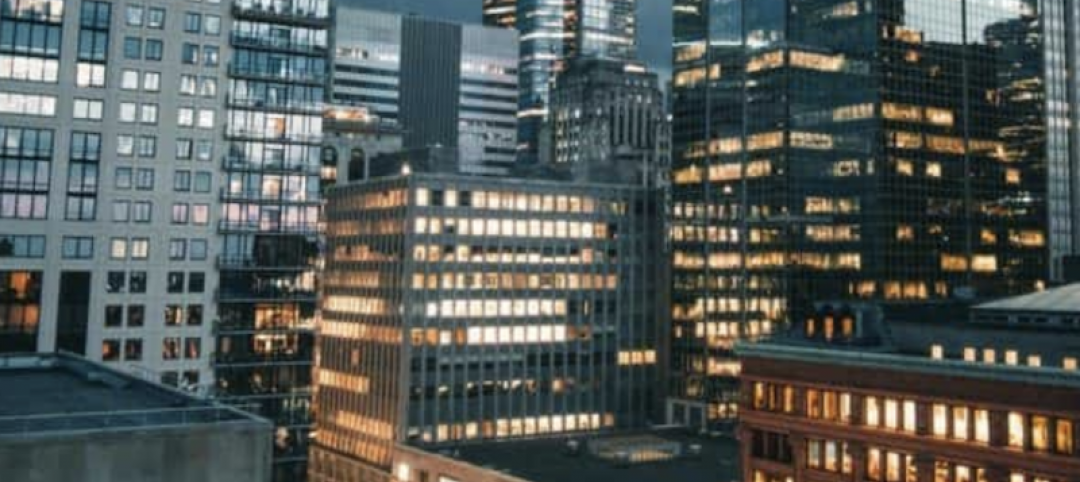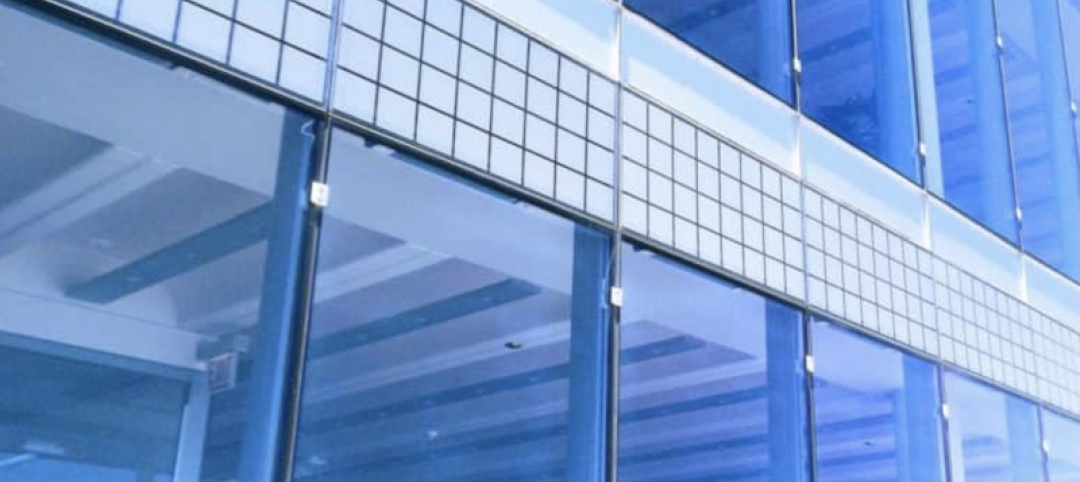Just last month, online travel company Expedia announced that it will be moving its headquarters to Seattle from its current location across the water in Bellevue, WA. By 2018, the company plans to relocate its 3,000 employees in the region into a complex along Elliott Bay, formerly owned by biotech giant Amgen. Expedia CEO Dara Khosrowshahi referred to the new location as “a magnet for top talent,” and ultimately sees the new Seattle address as a positive change for the goliath company.
While this move greatly impacts both Seattle and Bellevue, it’s not entirely surprising or uncommon. The quest for the ideal real estate to attract top tech talent is a well-established industry trend – the tech CEOs who are getting it right leverage a combination of investment and environment to appeal to and retain the workforce needed to innovate and grow.
Technology related jobs were responsible for one-fourth of all new office jobs created in the U.S. between 2009-2014, with a direct link to real estate because the high number of people moving into the tech sector needed somewhere to sit. From high tech office spaces to data centers and biotech labs, tech real estate is booming. The high tech sector is the top industry leasing space in the U.S., accounting for 20% of major leasing activity in 2014.
Because technology sets the pace for innovation, Paladino looks closely at tech firms to find opportunities that can be applied to the broader office environment. Below are some key trends that companies like Expedia should consider when reinventing their work space.
Tech firms love buildings with character
While large companies like Expedia have more flexibility, technology startups often have limited funds for real estate. Being creative about where to relocate is important, so necessity (that is, cheap rent) has spawned resourcefulness (reuse of older buildings to develop high-tech space).
In addition to Seattle, other locations with high numbers of high tech and biotech companies include San Francisco and Los Angeles. In these cities, vacancy rates are often under 10% and new construction is not keeping pace with demand.
Investment in ground-up development is back, but not without risk. Companies large and small, whether Expedia or a start-up, will continue to re-develop existing buildings and move from core locations into “submarket” locations as they continue to grow.
Technology can reduce obsolescence in older buildings
Employee proximity and interaction is a key factor in a collaborative work environment. Google, Amazon, Apple and Facebook have all developed “low and long” footprint buildings to concentrate a large number of developers in one place. It is difficult to achieve this same environment in older buildings which typically have smaller floor plates.
Companies are looking for ways to arrange their office space to maximize every inch. They are moving away from hierarchical office assignments and toward open workstations and non-assigned space concepts, which is believed to drive collaboration and creativity.
Deploying technology in commercial real estate offices can sustain collaboration. The use of collaboration tools like SharePoint and Skype in office environments are allowing teams to share and interact without having line of sight to each other.
Technology can also be deployed to existing assets to identify usage patterns and improvement opportunities. For example, Paladino’s LEED v4 Gold certified headquarters is in a historic building that lacks the utility metering infrastructure needed to get a tenant by tenant breakdown of energy consumption. We added inexpensive and effective wireless sensors and cloud based monitoring to get granular interval data about our office electricity use, which helped us commission the space and reduce our carbon footprint.
Energy efficient equals cost efficient
Tech companies have a high energy demand. The combination of stricter energy regulations and the rising cost of operations drive a demand for highly energy efficient spaces, both in terms of energy use per unit of output, as well as efficient use of floor space per employee.
New metrics have evolved to recognize high or low building efficiency in these complex environments; such as power usage effectiveness (PUE) for data centers and laboratory efficiency. Green building principles will be highly effective within tech companies to curb energy use and significantly reduce operating costs.
Location, location, location
The commercial real estate markets that have high percentages of green building certifications also have high percentage of high tech and biotech employers. San Francisco, Los Angeles, Seattle, Austin, San Diego, Portland and Boston are among the locations that have taken a leadership position in green building – they are also lively, urban cities that appeal to the tech workforce.
Computer science and engineering jobs are consistently among the highest paid, especially for new graduates entering the workforce, but talent is often difficult to attract and retain. Millennials care about what their employees stand for and where they work, so attracting in-demand talent by aligning environmental values, and offering sustainable buildings within idyllic locations are key strategies for employers. Expedia’s move to its new waterfront site in Seattle demonstrates their understanding that an ideal location is a persuasive factor in employment decisions.
Data centers are booming
The ever-increasing need to store and transfer data has led to a massive construction boom in data centers. Typically these have been constructed in locations with large areas of open space that are easy to build, have low energy costs and are far from population centers, making them potentially easier to secure.
However, the value of the data center is also linked to proximity to the customer generating or needing access to the data. Therefore, some companies have been acquiring top dollar urban core real estate and renovating existing buildings as data hubs.
As modular and containerized data centers develop further, they may curb the demand for site built systems and facilities in the future. In the same way that distributed energy generation is growing to replace an aging fleet of large and remote power stations, we may see a similar trend in data centers.
Your office space makes the difference
Ultimately, workplaces must drive productivity; infrastructure must provide dependability; and research labs must incubate innovation. Technology firms rule the roost when it comes to creating productive workspaces that inspire talented employees to realize their potential.
It’s not difficult to mimic some of these strategies within your own workspace. By repurposing older buildings, designing and redefining collaborative space, implementing energy efficient measures or situating your business in livable urban cores, you can create efficient, engaging, attractive and productive work environments, resulting in a competitive edge that draws attention from top talent and retains employees long term.
About the Author: Dina Belon, LEED AP ID&C, is a Director in Paladino's Seattle office.
More from Author
Paladino | Jan 10, 2022
The future of regenerative building is performance-based
Why measuring performance results is so critical, but also easier said than done.
Paladino | May 26, 2021
Injecting embodied carbon capability into the integrated design and construction process
Embodied carbon is defined as the carbon footprint of a material, and is expressed in metric tons of CO2e.
Paladino | May 12, 2021
Climate modeling for a resilient business and future
This post explores changes that developers and their teams need to make to their risk and resilience strategies by climate modeling for climate change.
Paladino | Apr 26, 2021
Building performance requirements are coming: Are you ready?
Building Performance Requirements are trending nationwide and are likely coming to a county near you.
Paladino | Feb 8, 2021
Six lessons learned from our first Fitwel Viral Response Module certification
The Fitwel Viral Response Module is one of several frameworks that real estate owners and operators can use to obtain third-party certification for their efforts ensuring their properties are ready for a safer and healthier return to work.
Paladino | Jan 14, 2021
Shift your energy to carbon
Now is the right and necessary time for the commercial real estate industry to shift its environmental strategy from just energy, a carbon contributor, to carbon itself.
Paladino | Nov 13, 2020
5 tips when designing for daylight
Daylight modeling is a tool to examine how daylight interacts with a building, and how that natural light behaves within interior spaces.
Paladino | Jul 16, 2020
COVID readiness: IWBI and USGBC seek to help businesses quantify risk
In an effort to address the risks of COVID-19 at the building scale, USGBC and IWBI have analyzed existing certification guidelines and drafted new, relevant content.
Paladino | Jun 5, 2020
3 strategies to improve the wellness of building systems and gain tenant trust
Three operational issues that must be prioritized for every building in order to achieve tenant trust are air quality/ventilation, relative humidity, and building commissioning.
















